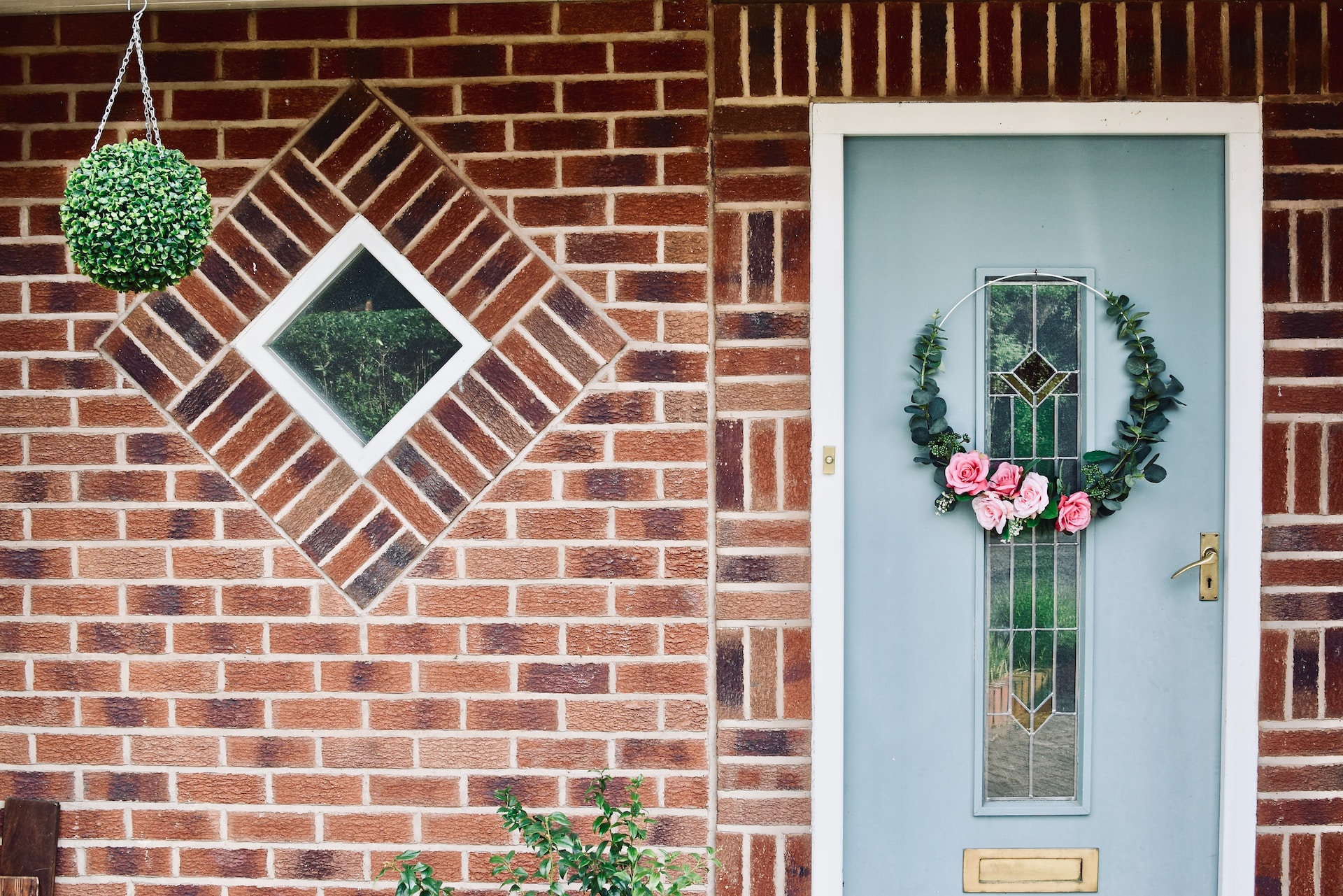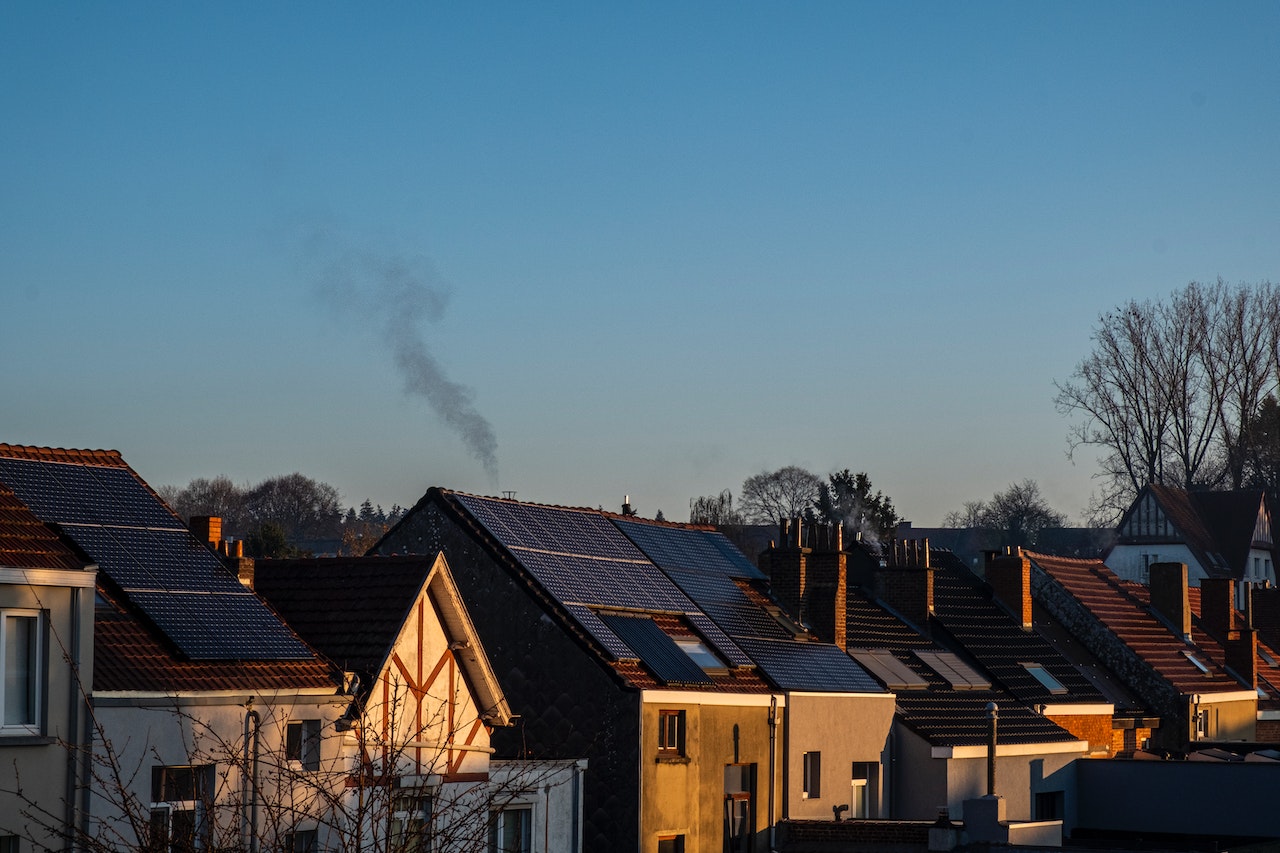Which retrofitting options give the most value?
When it comes to retrofitting for energy efficiency and sustainability, landlords have a plethora of options to choose from. However, when looking at the total value of all benefits, not all retrofitting projects offer the same level of payback.
Here are some of the top contenders:
LED Lighting Upgrades: One of the simplest and most cost-effective retrofitting options is upgrading to energy-efficient LED lighting. LED bulbs consume significantly less energy and have a longer lifespan compared to traditional incandescent bulbs, offering quick returns on investment through reduced electricity bills and lower maintenance costs.
Insulation Improvements: Enhancing insulation in properties can lead to substantial energy savings by minimising heat loss during winter and heat gain during summer. This can be achieved through measures such as installing double-glazed windows, adding insulation to walls and roofs, and sealing air leaks. While the upfront costs may be higher, the long-term savings and improved comfort for tenants make insulation upgrades a worthwhile investment.
Heating System Upgrades: Household heating is one of the biggest energy consumers, and therefore one of the highest household bills. Upgrading to an energy-efficient heating system (or even better, a renewable heating system) coupled with installing smart thermostats can yield significant savings on energy bills, while also adding value to your property.
Solar Panel Installation: While solar panels require a higher initial investment, they offer substantial long-term benefits. Solar energy can offset electricity costs, generate additional income through feed-in tariffs, and increase property value by appealing to environmentally conscious tenants.


